What other discoveries lies hidden out there?
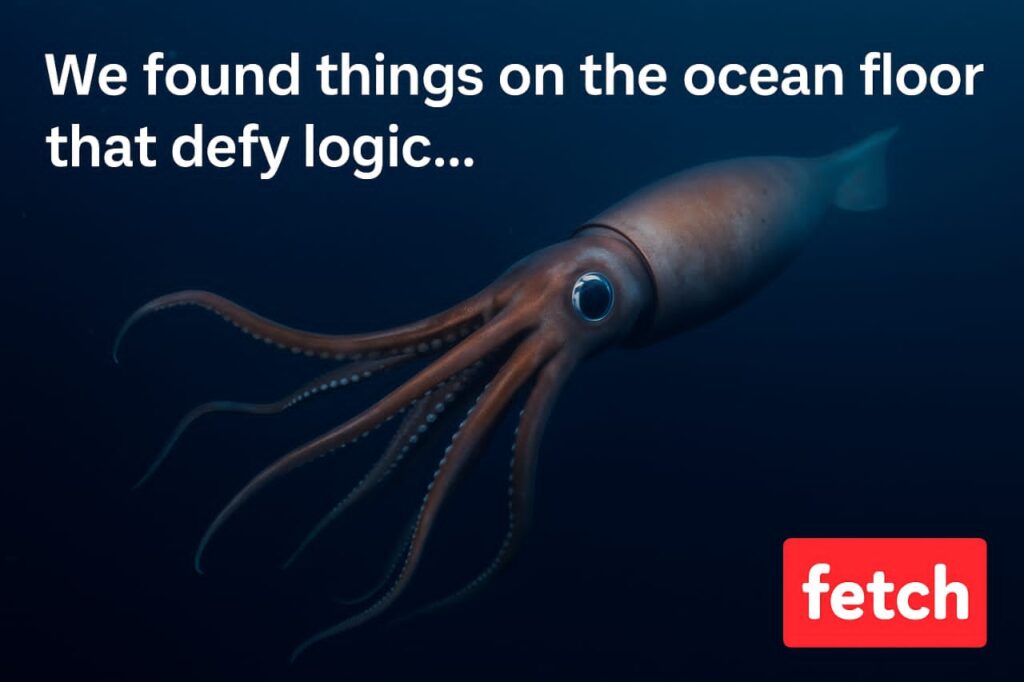
The ocean’s depths remain one of Earth’s most enigmatic frontiers, concealing wonders that challenge our understanding of life and history. From ancient submerged structures to peculiar marine creatures, here are 12 deep-sea discoveries that defy expectations.
1. The Dragon Hole
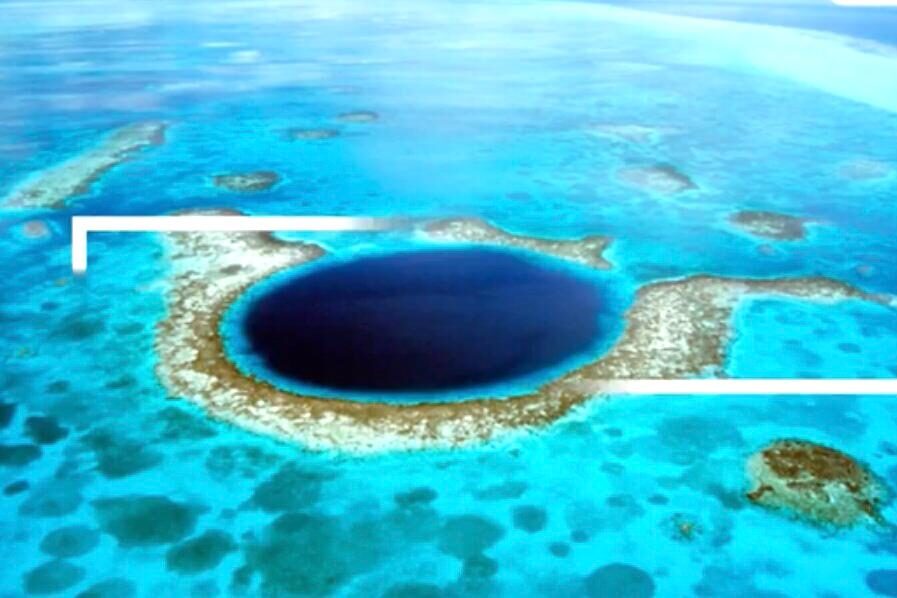
Located near the Paracel Islands in the South China Sea, the Dragon Hole, also known as Yongle Blue Hole, plunges over 300.80 metres (987.2 ft ) deep, making it one of the world’s deepest blue holes. Its depths are largely unexplored, and scientists have found distinct layers with varying oxygen levels, another mystery yet to be understood. Source: en.wikipedia.org
2. Dulcibella camanchaca

In the Atacama Trench near Chile, at the depths of nearly 8,000 meters, researchers discovered a new species of amphipod crustacean named Dulcibella camanchaca measuring approximately 4 cm in length. This predatory amphipod has adapted to extreme depths, and also exhibits features optimized for capturing and consuming prey in the hadal zone. Its discovery making it one of the deepest-living predators identified to date. Source: en.wikipedia.org
3. The Mysterious Stone Pillar of Papahānaumokuākeak
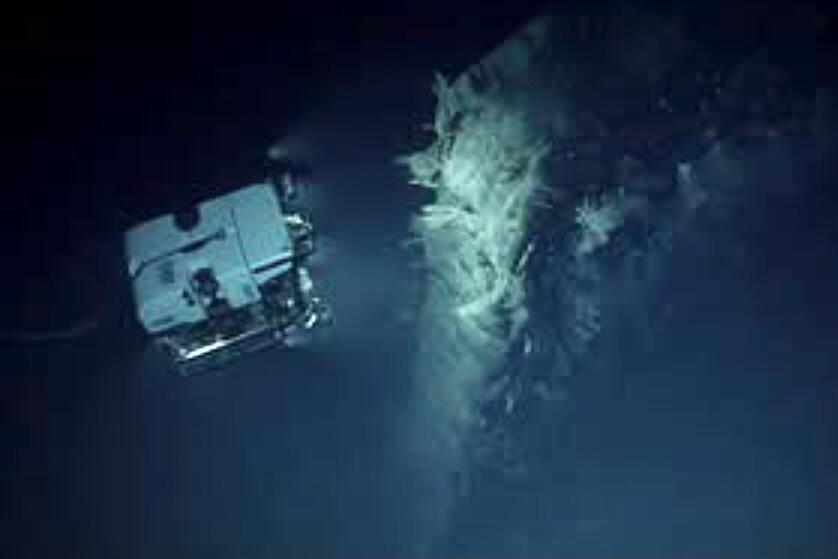
During a NOAA expedition, scientists encountered a solitary monolith-like 49-foot-tall stone pillar in the deep waters of the Papahānaumokuākea Marine National Monument. It has been Identified as a volcanic dike, and its isolated presence and unique erosion patterns have intrigued researchers, prompting questions about its formation and history. Source: beaumontenterprise.com
4. Bioluminescent Sea Slug
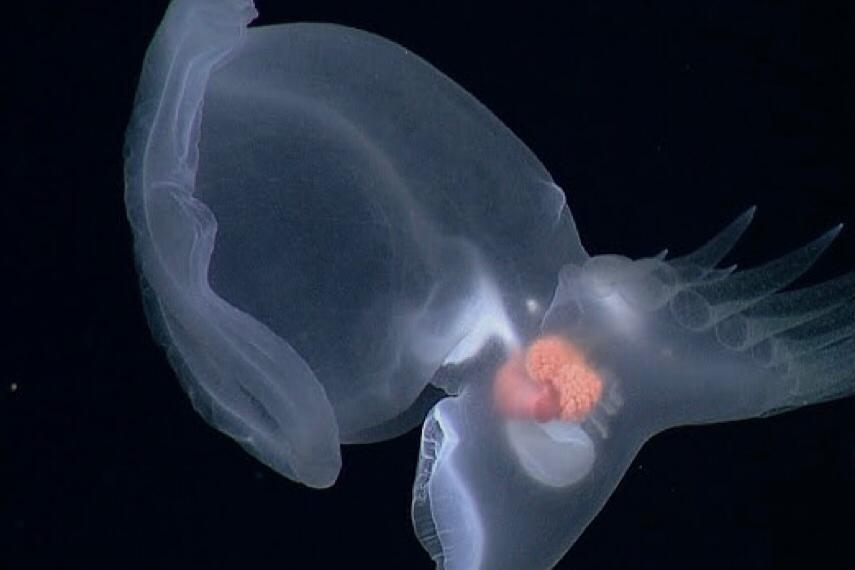
Near Monterey Bay, California, scientists identified a new bioluminescent sea slug species, Bathydevius caudactylus. This is a creature that uses its glowing features to navigate and hunt in the ocean’s “midnight zone.” Another discovery that highlights the adaptations of how marine life has developed to thrive in complete darkness. Source: africa.businessinsider.com
5. Hydrothermal Vents

In 1977, researchers discovered hydrothermal vents on the ocean floor, emitting mineral-rich water and supporting ecosystems independent of sunlight. These vents host unique organisms that rely on chemosynthesis. This has reshaped our understanding of life’s potential in extreme environments.
6. The Bloop
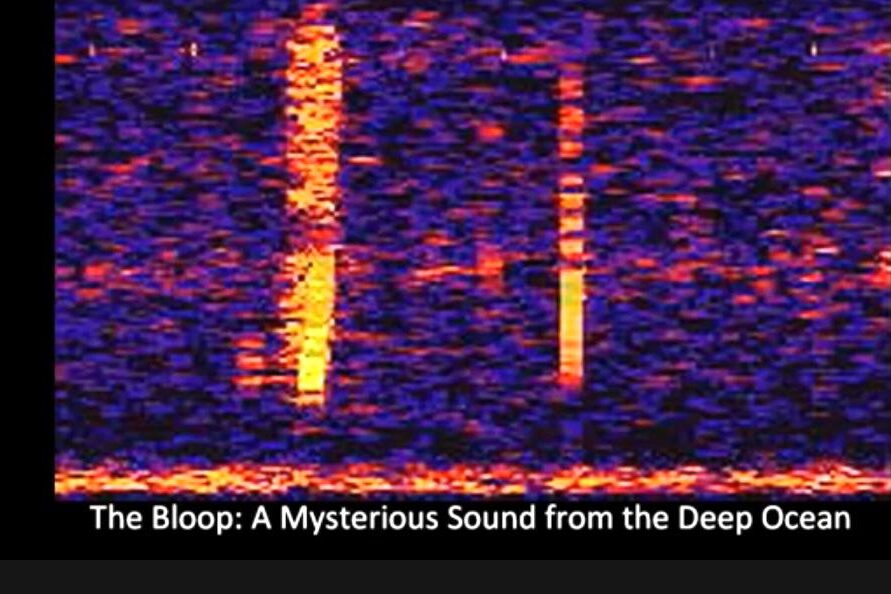
In 1997, the National Oceanic and Atmospheric Administration (NOAA) detected a mysterious, ultra-low-frequency sound wave, nicknamed “The Bloop,” emanating from the depths of the Pacific Ocean. The sound, described as a loud, low-pitched rumble, was picked up by NOAA’s Equatorial Pacific Ocean autonomous hydrophone array, designed to monitor underwater sounds for earthquakes, volcanic activity, and other phenomena, and was detected over 3,000 miles (4,800 kilometers) away, sparking speculation about its origin. While some hypothesized it could be a massive underwater volcano or even an unknown sea creature, NOAA’s investigation of 2012 suggested it was likely caused by ice calving.
7. Giant Sponges of the Arctic

The Langseth Ridge in the central Arctic is home to a remarkable ecosystem featuring giant sponge gardens, discovered on the peaks of extinct underwater volcanoes. These sponges thrive in an environment with limited sunlight and nutrient-poor conditions, thanks to a symbiotic relationship with microorganisms that help them feed on remnants of ancient organisms. The sponge gardens cover over 15 square kilometers and are estimated to be around 300 years old, with some even older. They are said to play a crucial role in nutrient cycles and provide a habitat for other animals, acting as ecosystem engineers by producing spicules that trap particles and biogenic materials.
8. Pseudoliparis swirei
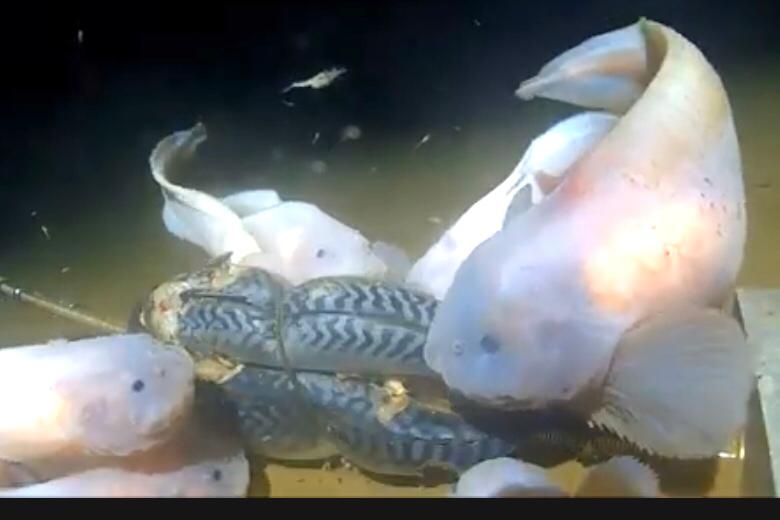
In the Mariana Trench, known for its depth range of 6,198 – 8,076 meters, researchers discovered Pseudoliparis swirei, the Mariana snailfish or Mariana hadal snailfish species living at depths exceeding 7,966 meters 8,000 meters. Reaching up to p to 28.8 cm (11.3 in) in standard length and 160 g (0.35 lb) in weight. Recent studies also show that Its ability to withstand immense pressure and darkness has provided more insights into the limits of vertebrate life.
9. Underwater Crop Circles
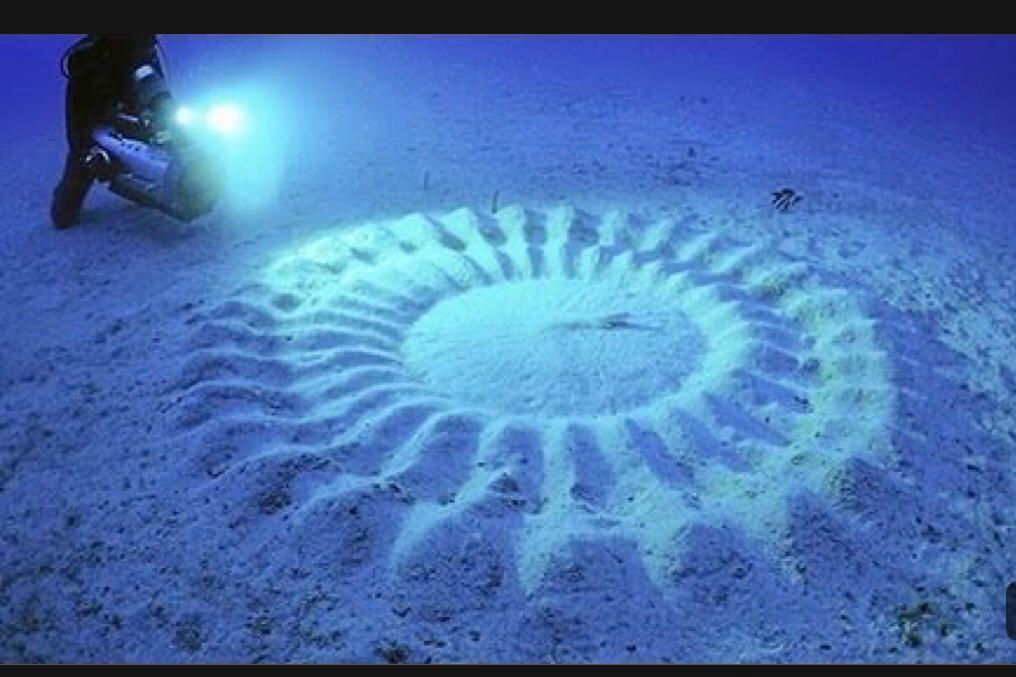
Divers off the coast of Japan’s Amami Ōshima island have observed intricate underwater crop circles, designs that are meticulously created by a species of pufferfish, specifically the white-spotted pufferfish (Torquigener albomaculosus). The males use their fins to craft complex geometric patterns in the sand, often featuring intricate radial designs that can reach up to 6 feet in diameter. Scientists believe these underwater masterpieces serve as a form of courtship display, attracting females to the nest at the center of the circle. Researchers note that this new discovery has shed new light on the complex behaviors of these marine creatures.
10. The Golden Orb

During the 2023 Seascape Alaska 5 expedition in the Gulf of Alaska, scientists discovered a mysterious golden orb at a depth of approximately 3,300 meters (2 miles) beneath the ocean’s surface. The smooth, gold, dome-shaped specimen, about 10 centimeters (4 inches) in diameter, was found tightly adhered to a rocky outcropping and featured a small hole near its base. Researchers used a remotely operated vehicle (ROV) to collect the object via suction sampler for further study. Initial theories ranged from an egg casing to a dead sponge attachment or coral, but despite bringing it aboard the ship, experts couldn’t identify it beyond being “biological in origin”.
11. The Yonaguni Monument
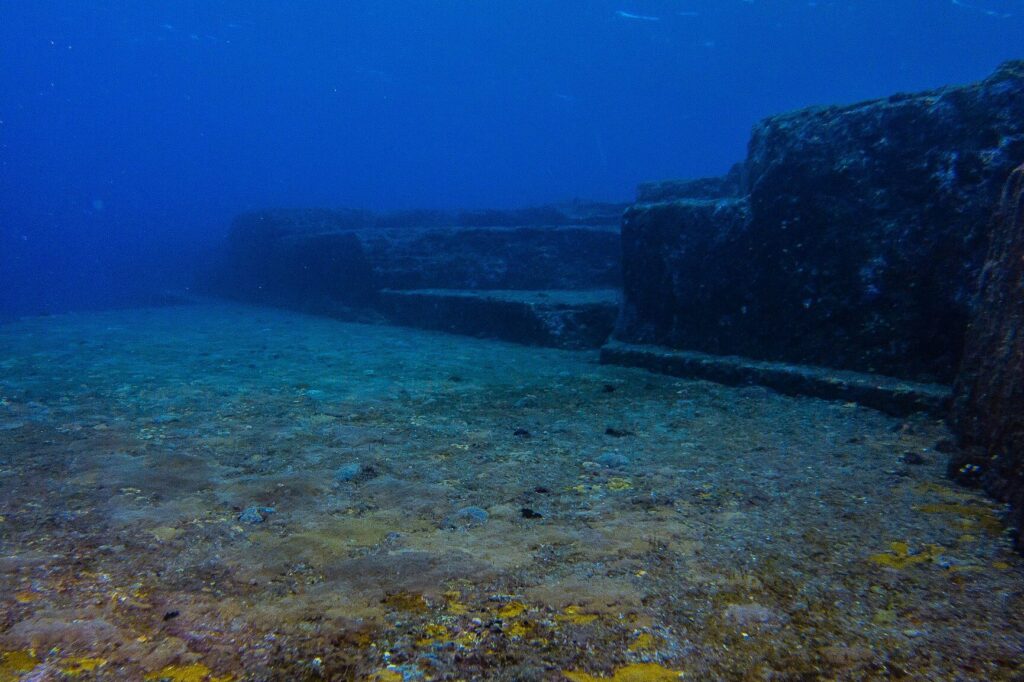
Off the coast of Yonaguni, Japan, lies a submerged structure resembling a stepped pyramid. Discovered in the 1980s, its precise angles and flat surfaces have sparked debates about its origins. Some believe it’s a natural formation, while others argue it’s a remnant of an ancient civilization. The mystery deepens as no definitive evidence confirms either theory. Source: mic.com
12. The Colossal Squid
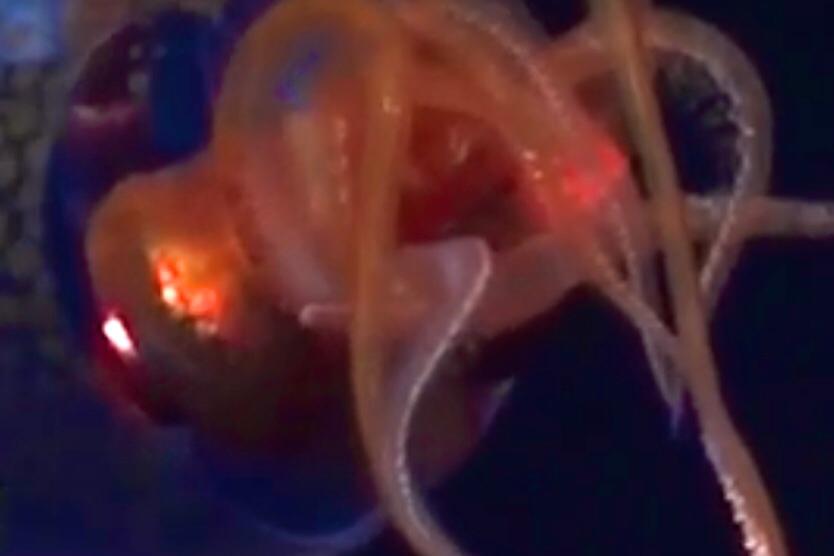
In March 2025, researchers of the Schmidt Ocean Institute, using an ROV SuBastian, filmed the first ever footage of a living juvenile colossal squid at a depth of about 600 meters near the South Sandwich Islands. This marine animal was about 30 cm in length. It is also an elusive creature, previously known only from carcasses. This rare discovery offers a peek into the life of one of the ocean’s most mysterious inhabitants.
As technology advances, so does our capacity to explore and understand the deep sea’s secrets. Stay curious with us and check out our other stories which unveils what other wonders await beneath the waves.


